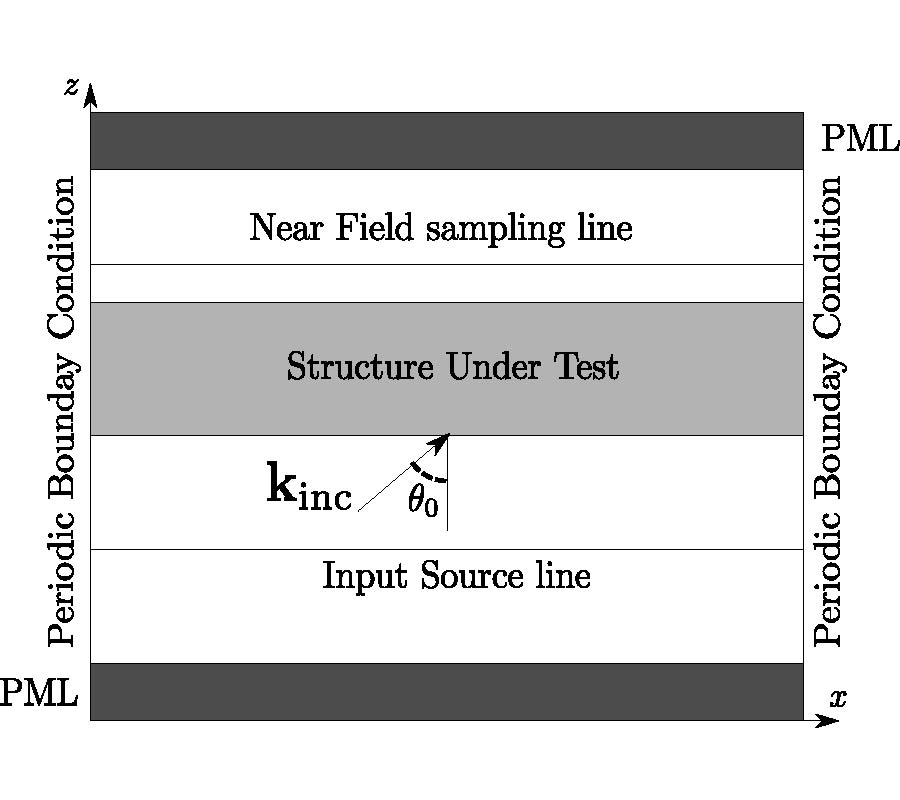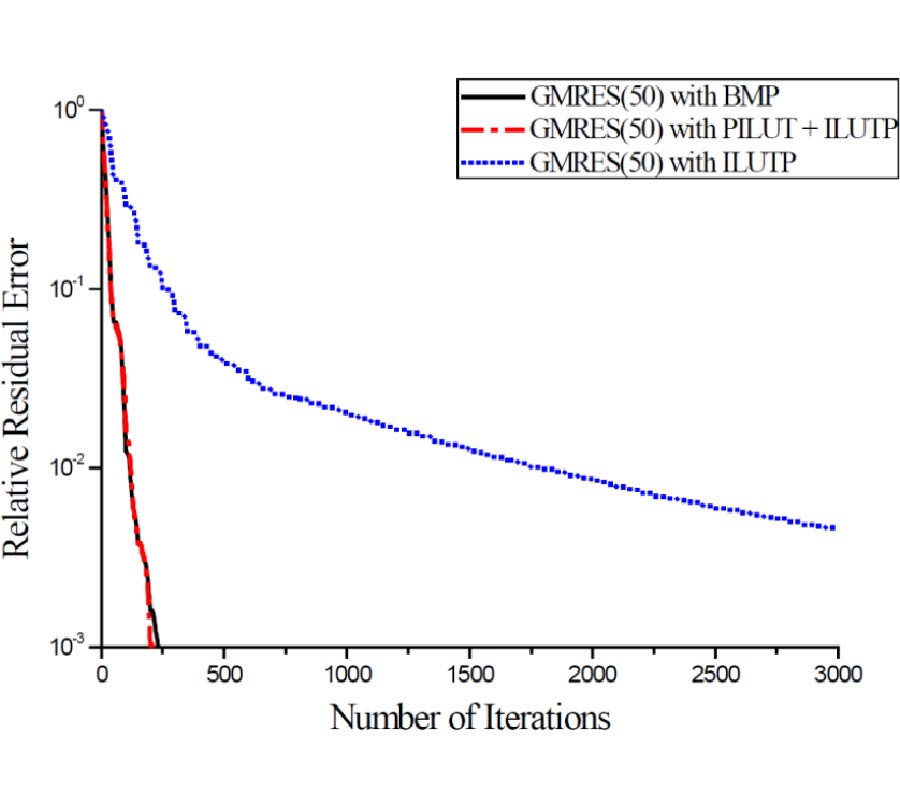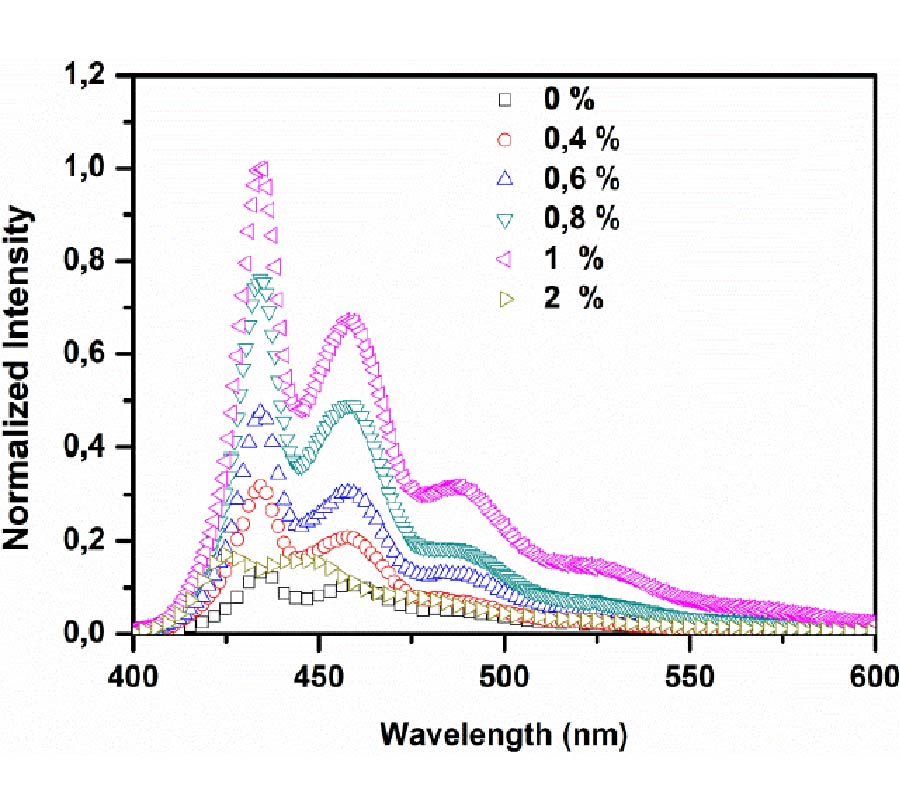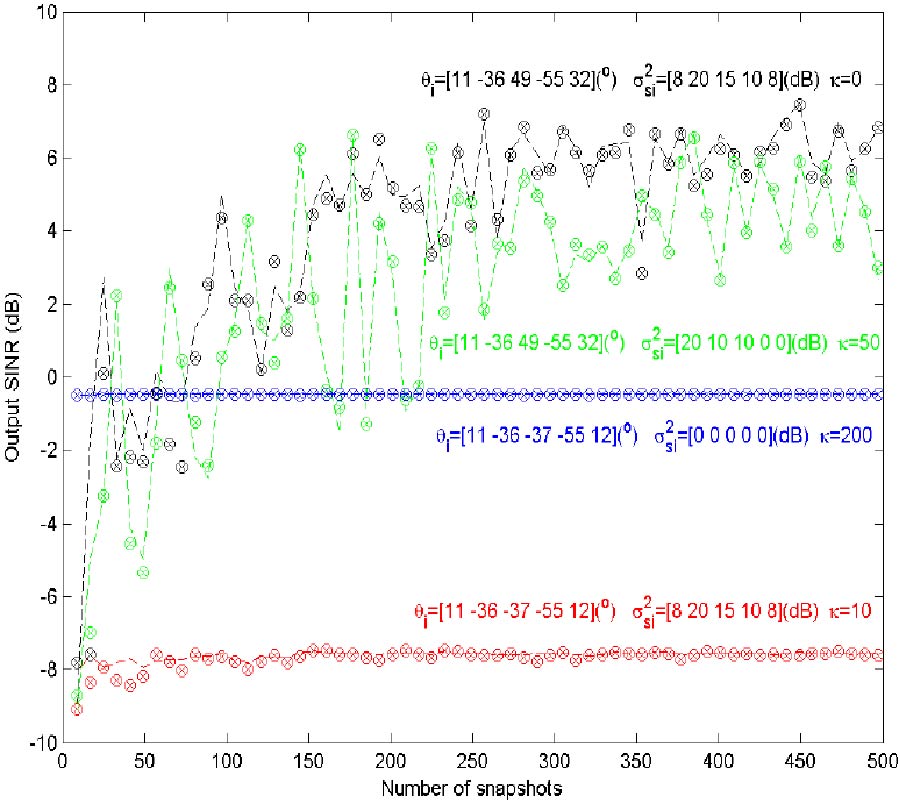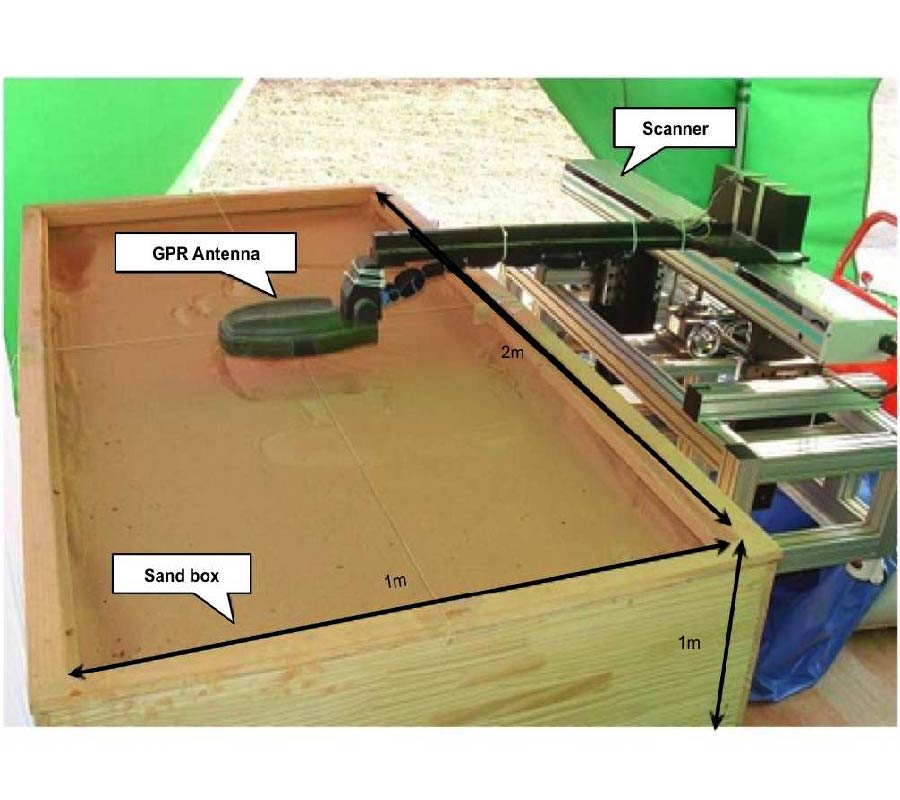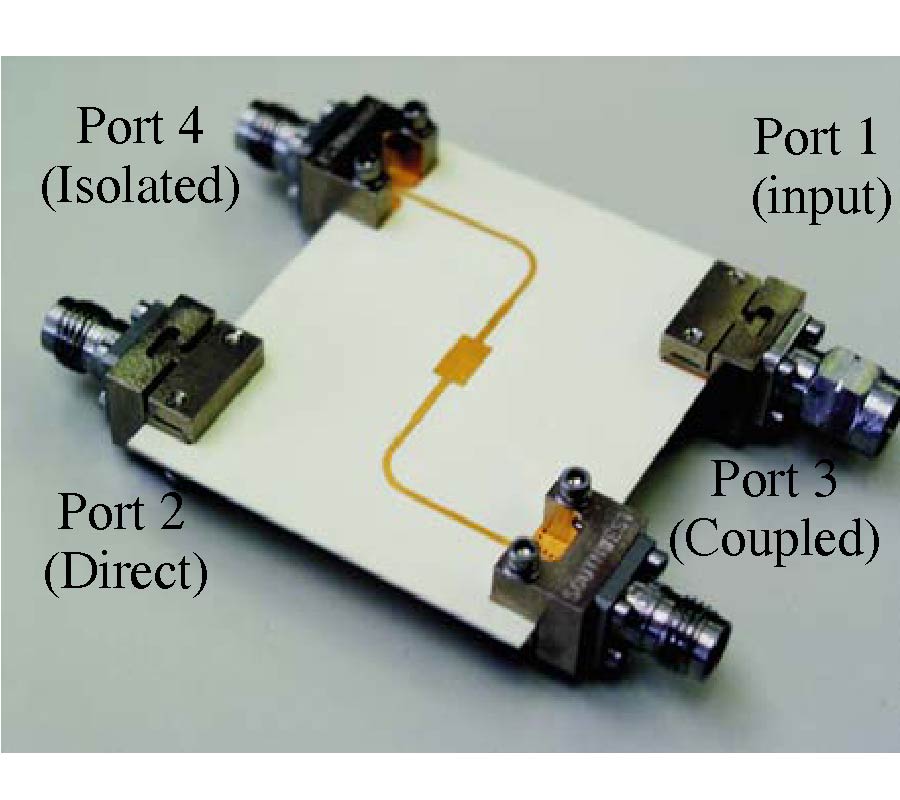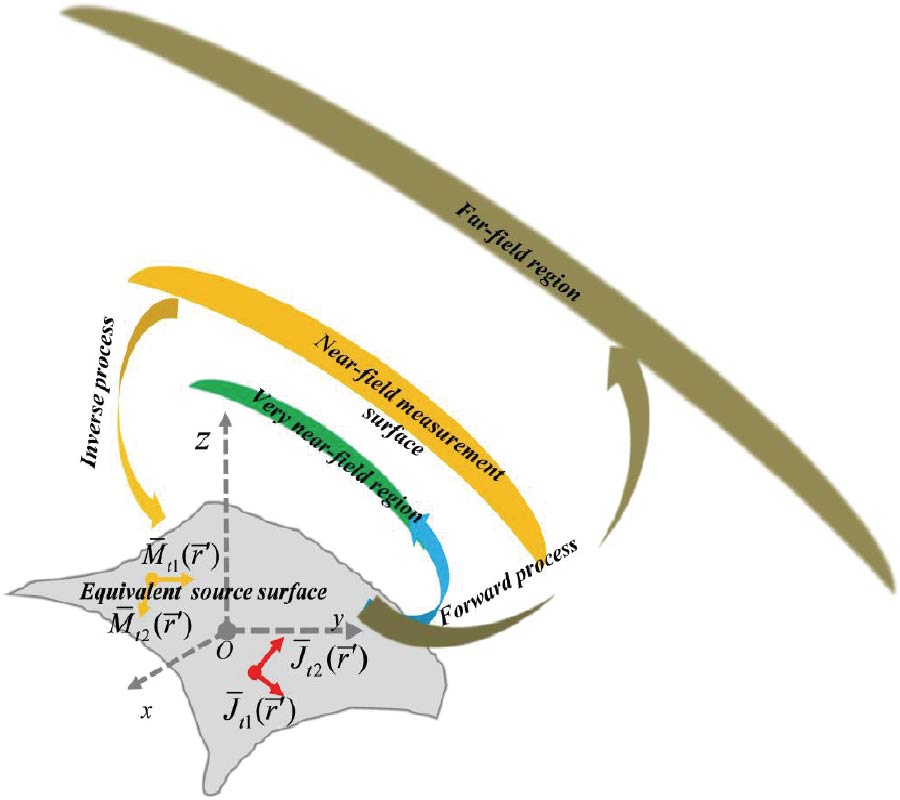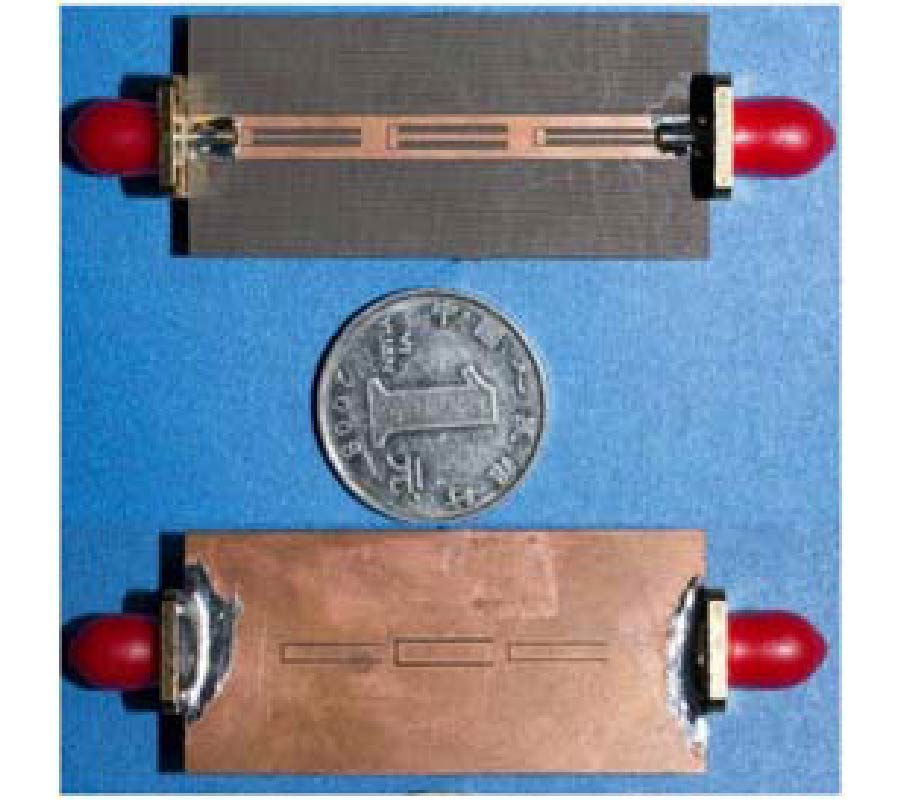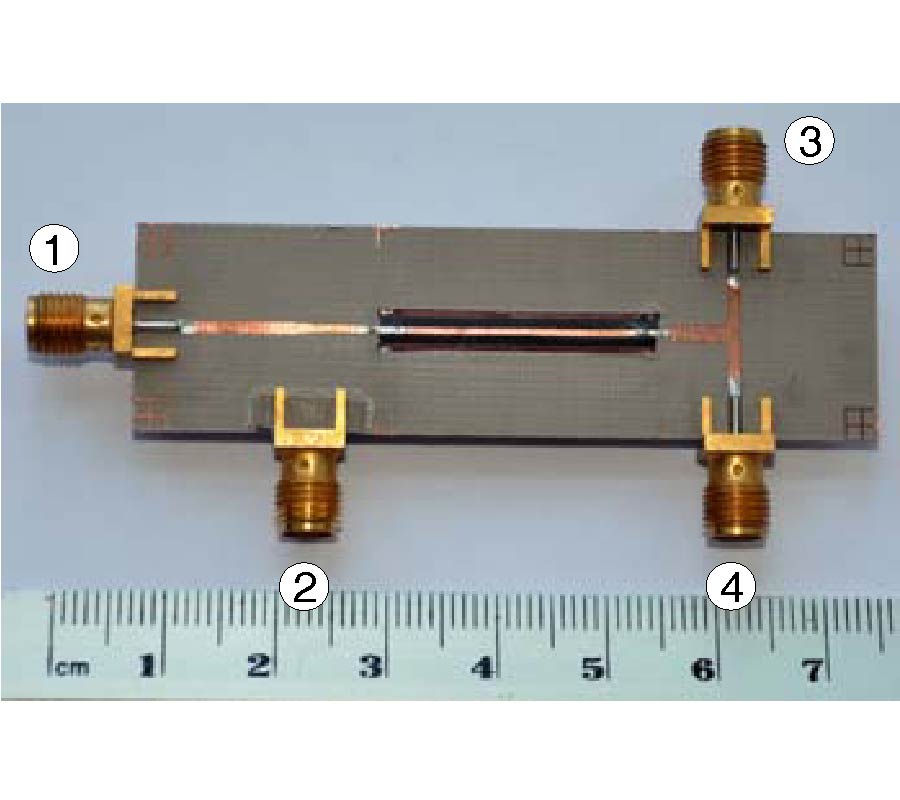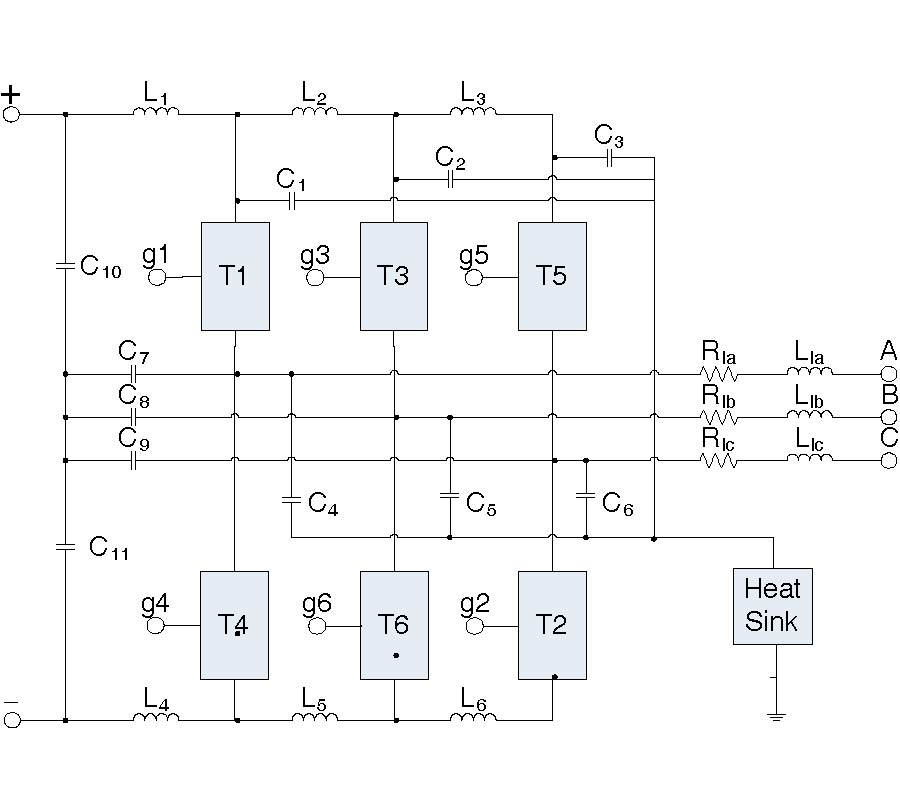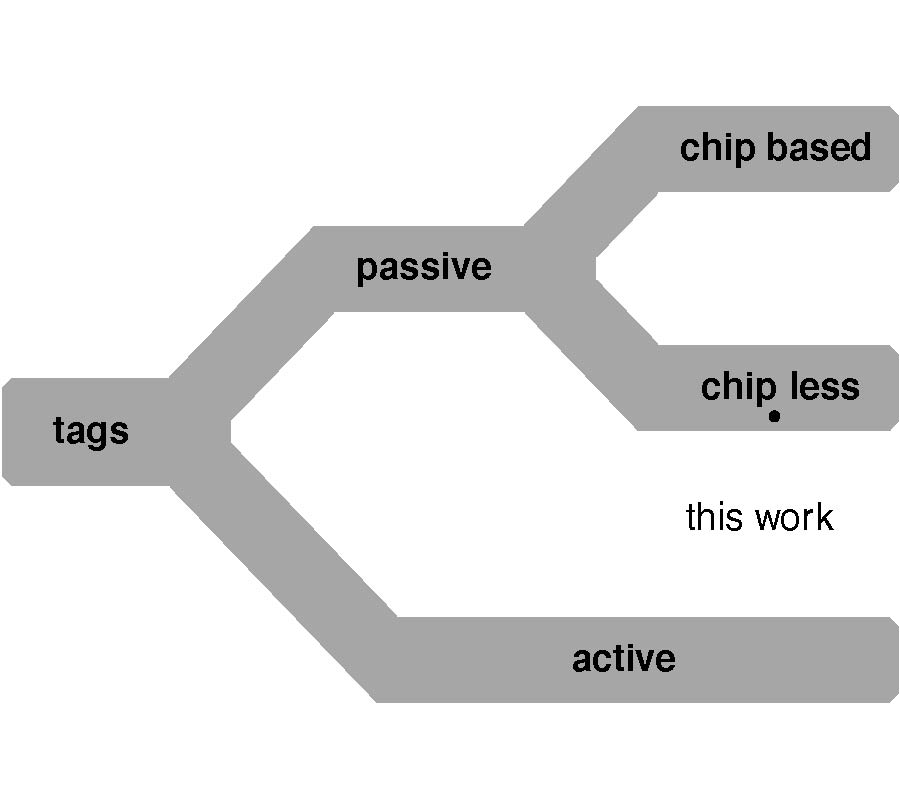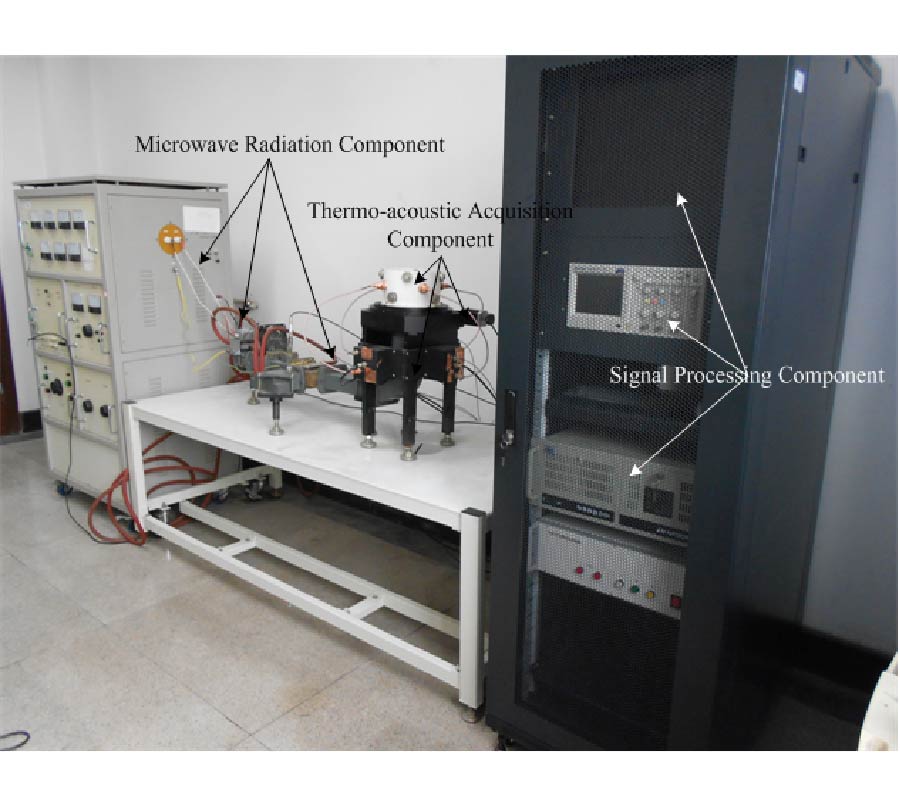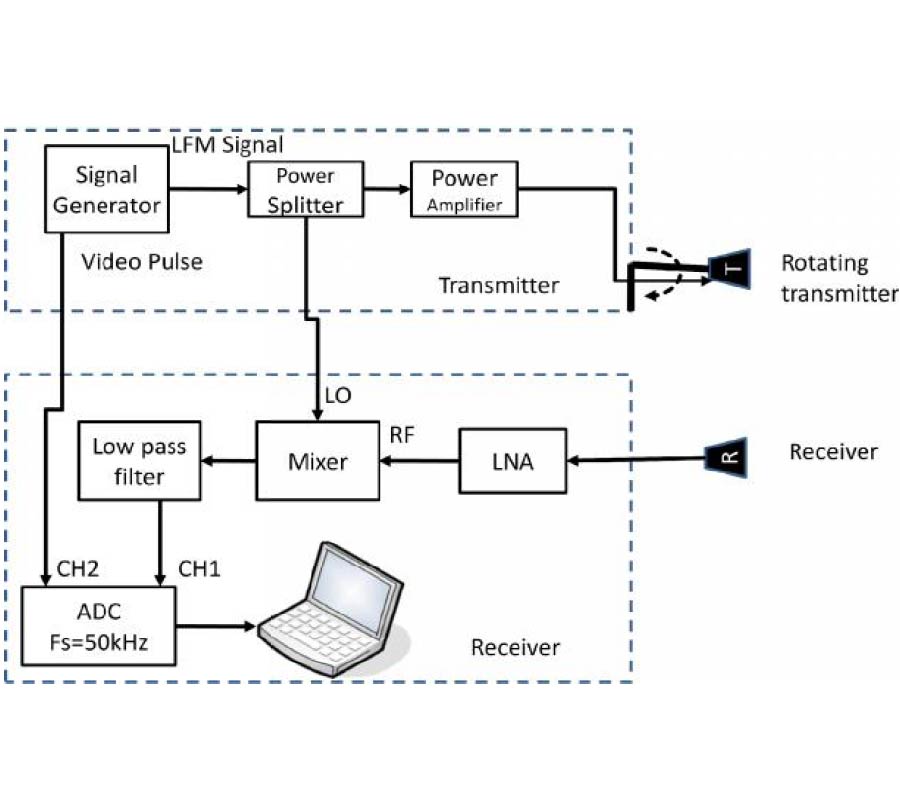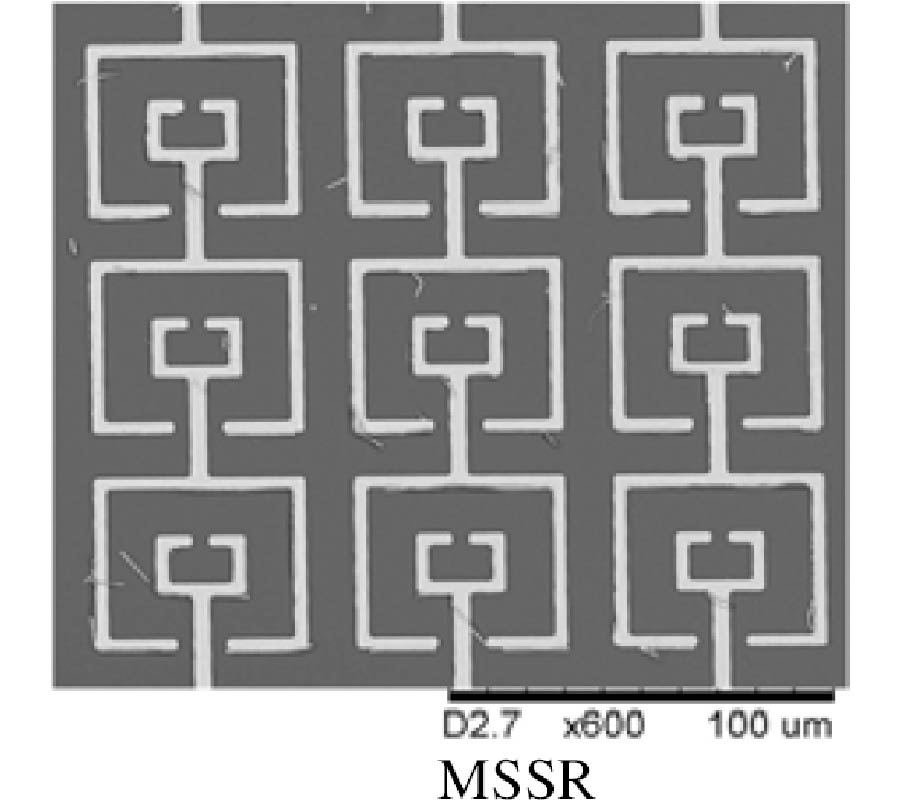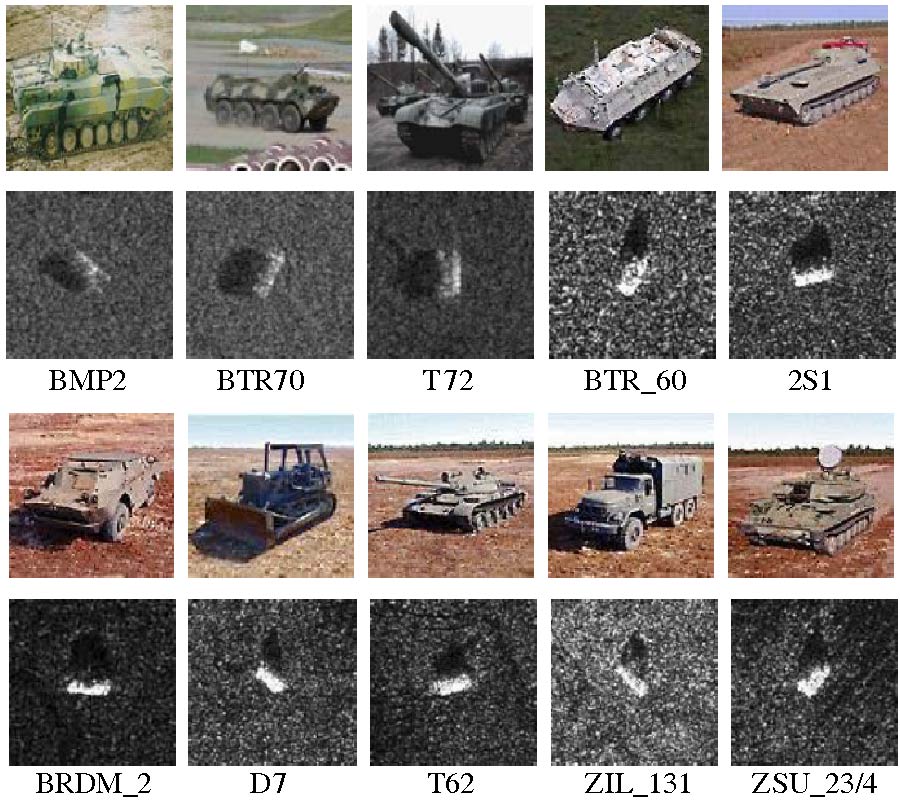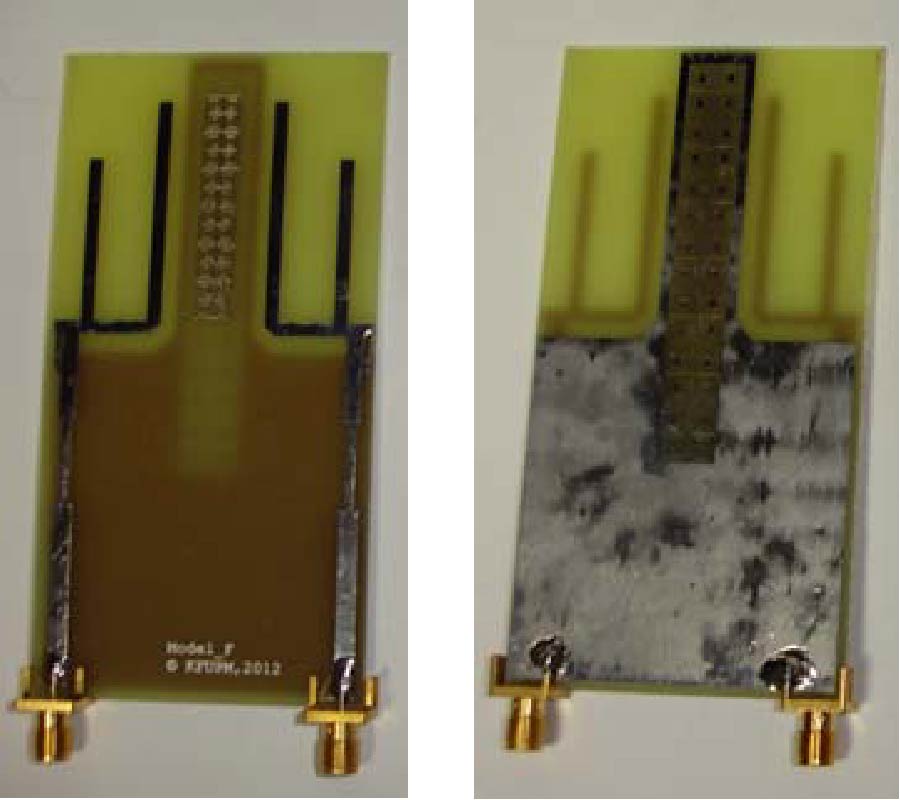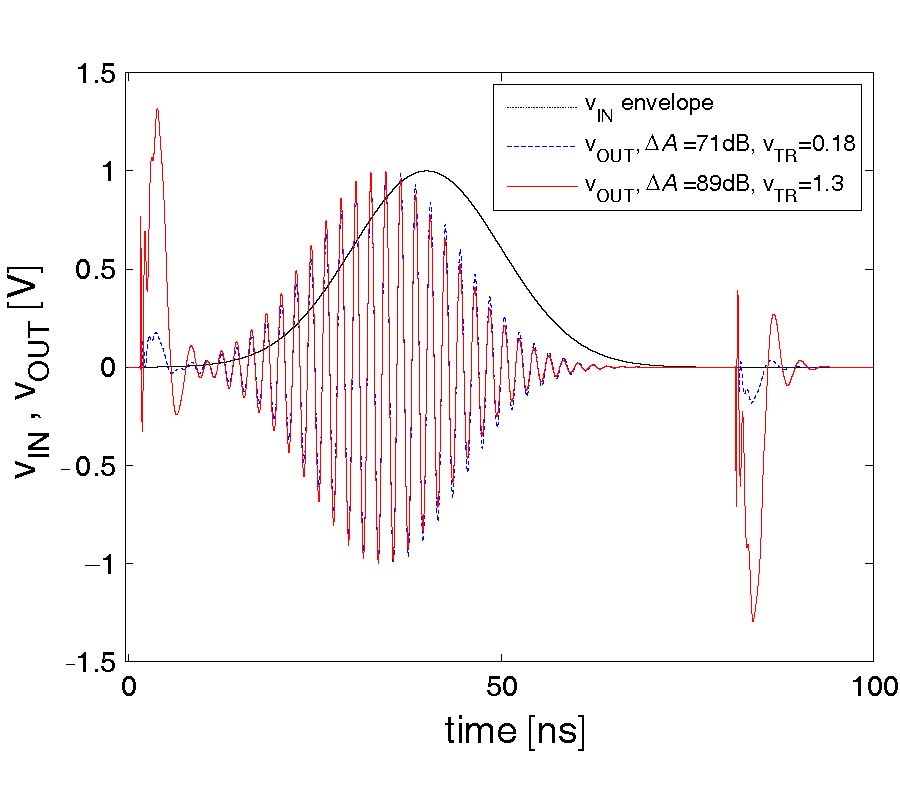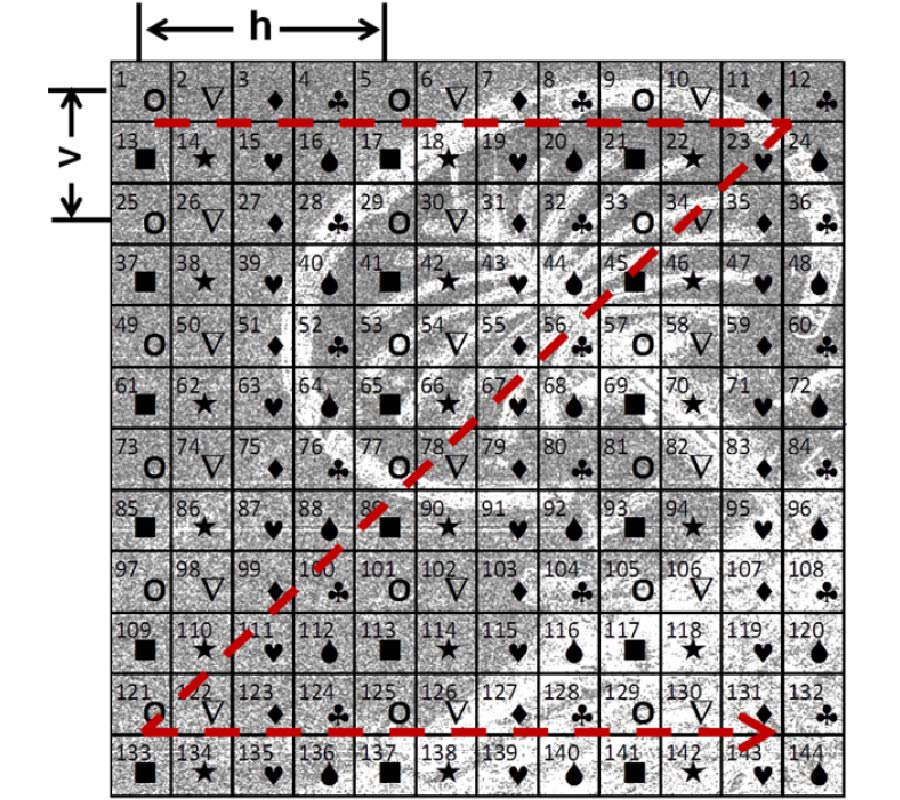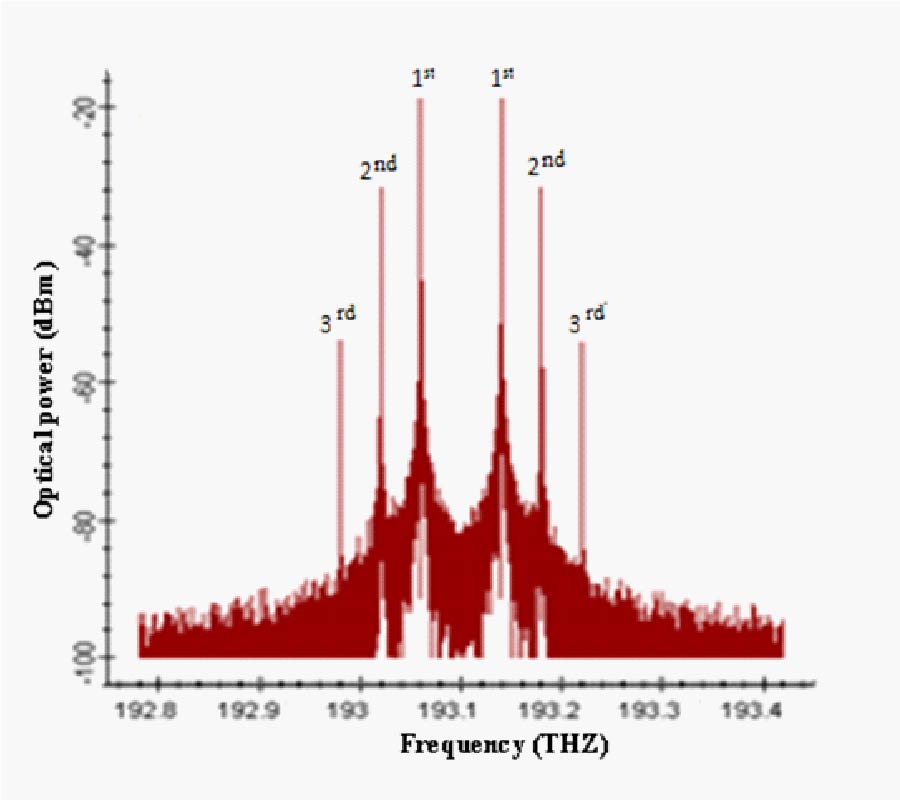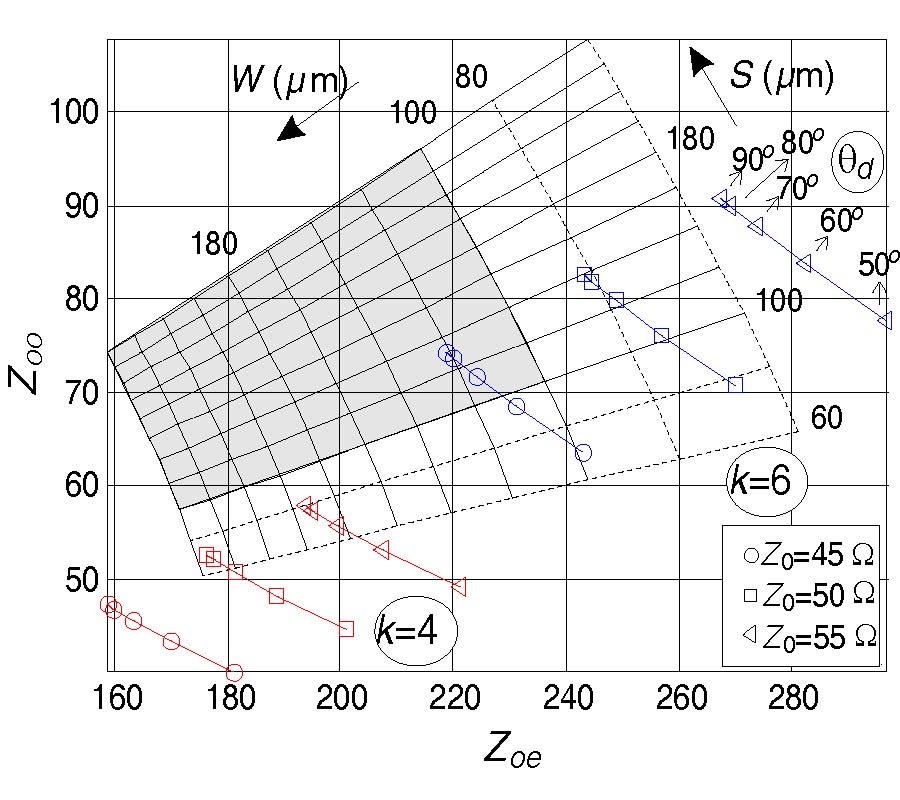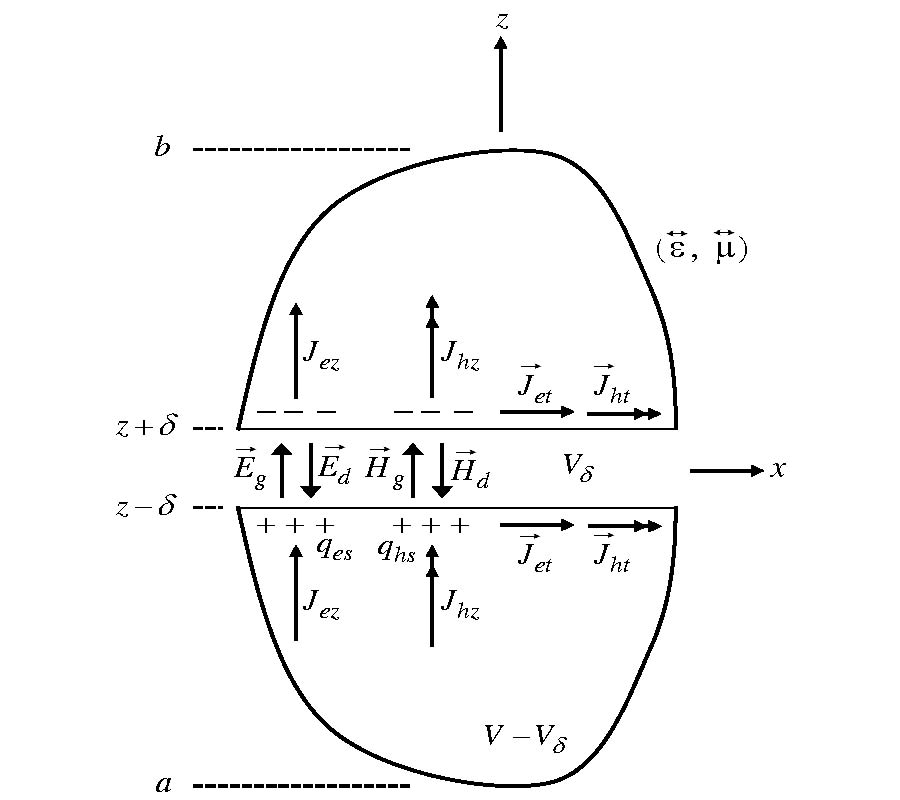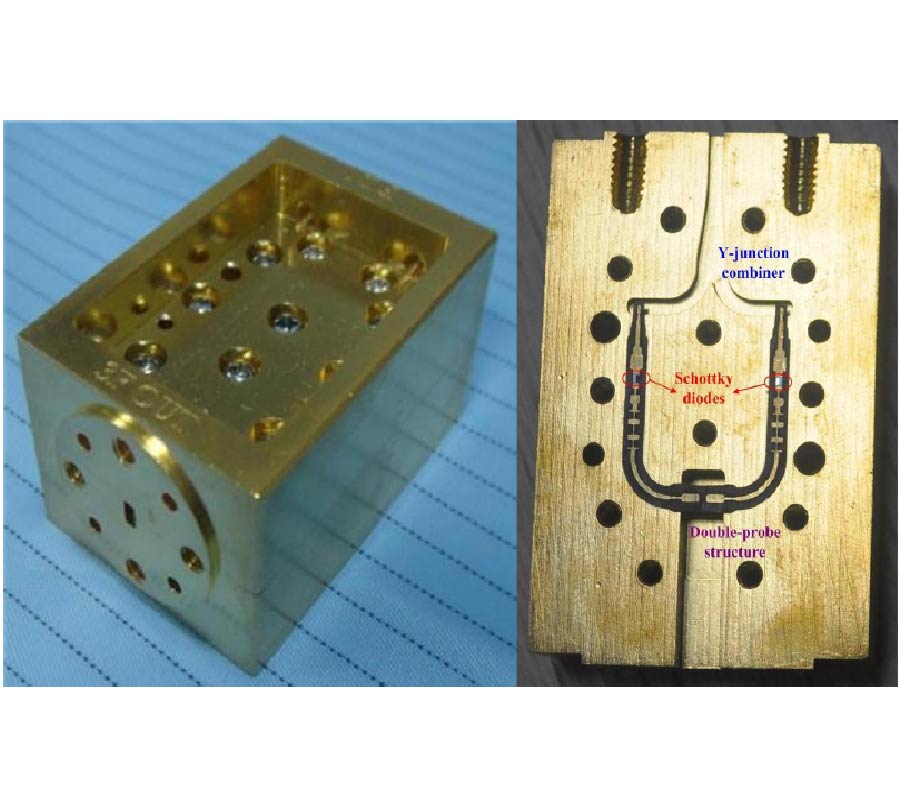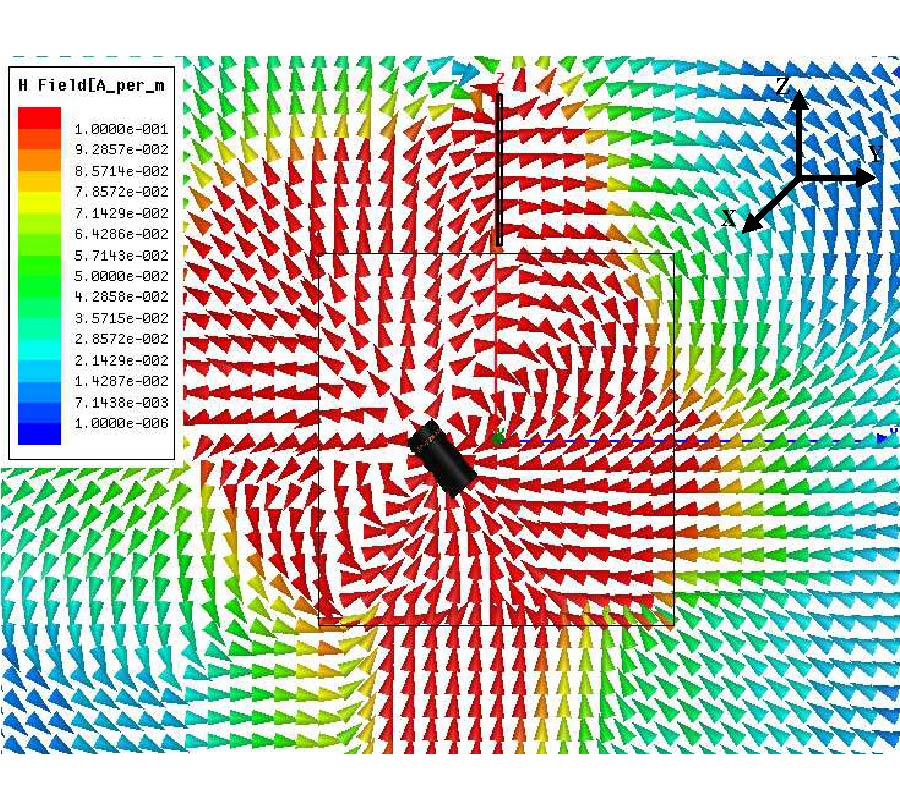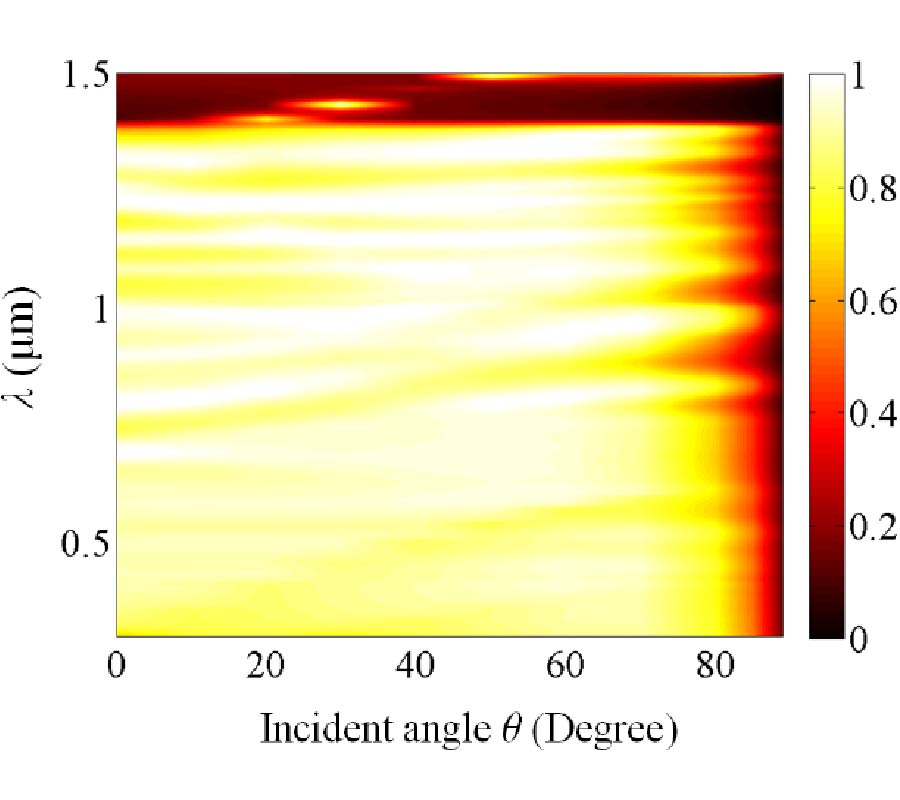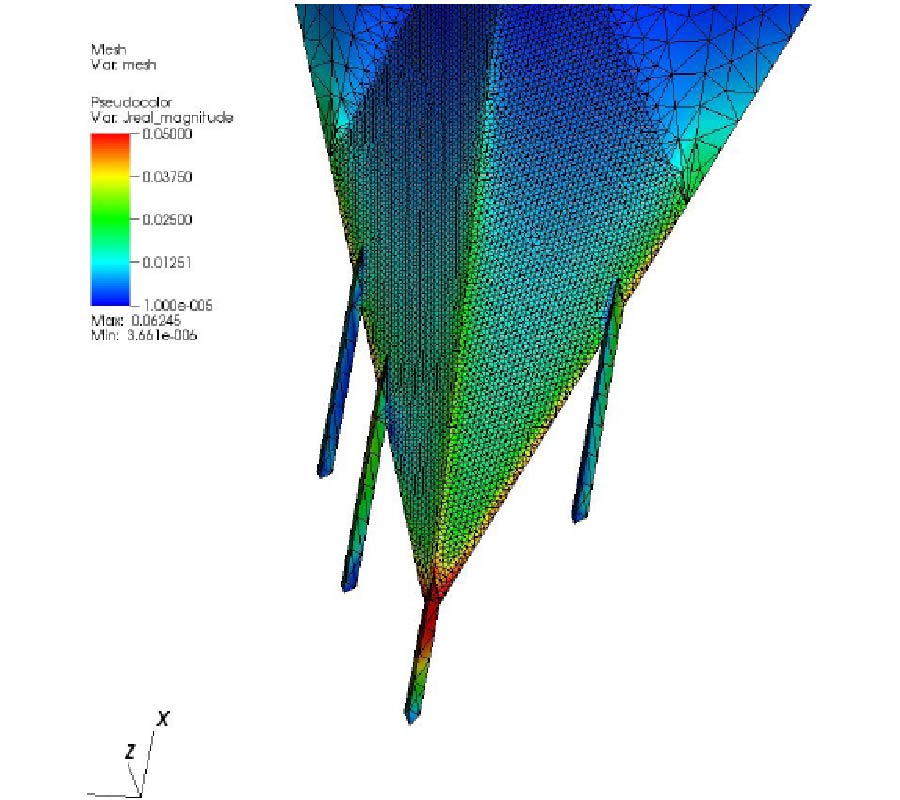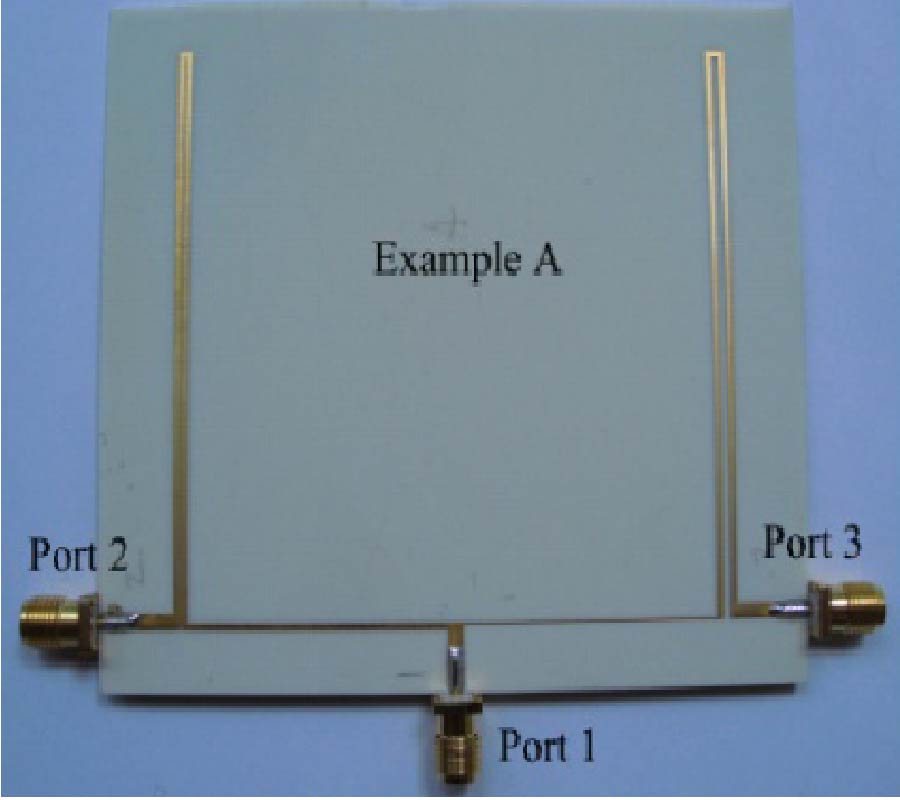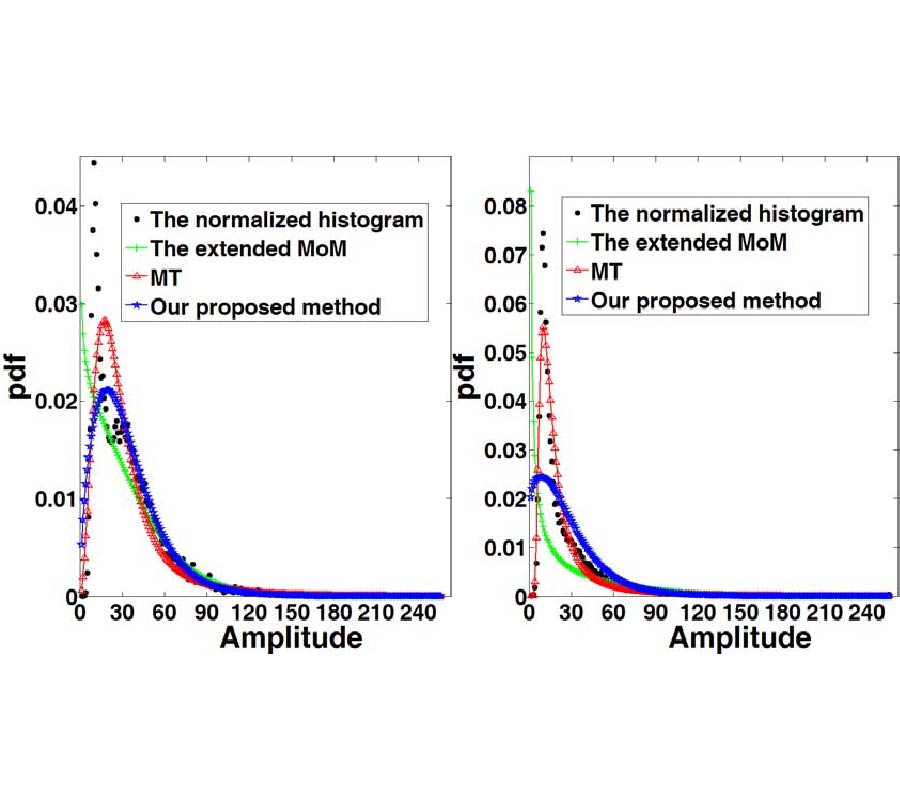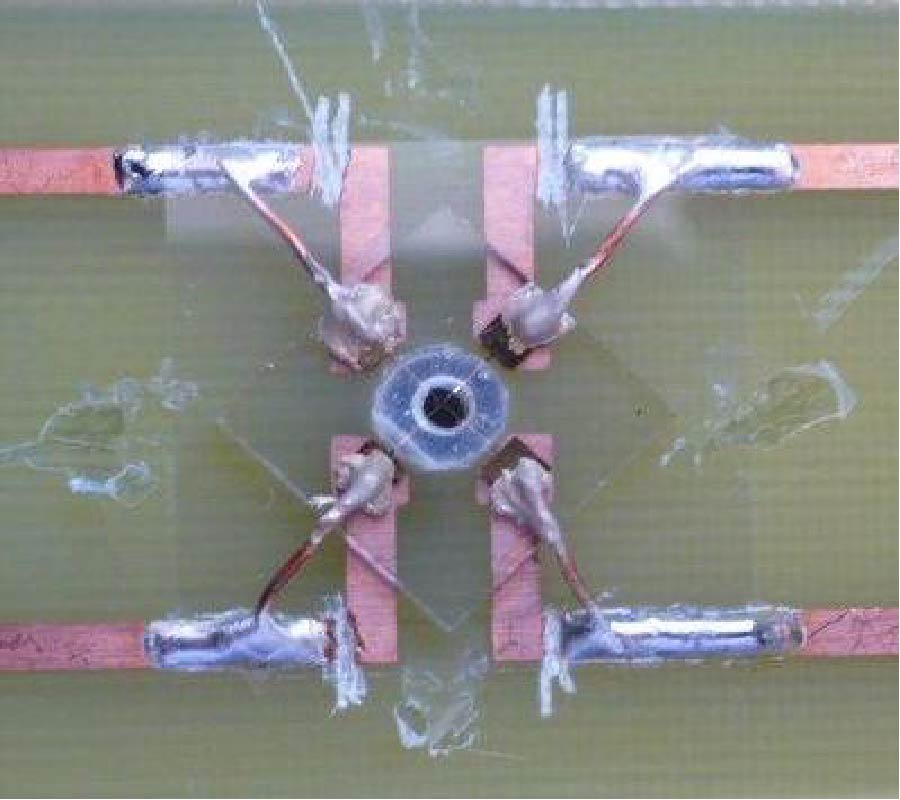An Improved Scheme for Parameter Estimation of g
° Distribution Model in High-Resolution SAR Images
Jianghua Cheng,
Gui Gao,
Wenxia Ding,
Xishu Ku and
Jixiang Sun
Statistical modeling of Synthetic Aperture Radar (SAR) images is of great importance for speckle noise filtering, target detection and classification, etc. Moreover, it can provide a comprehensive understanding of terrain electromagnetics scattering mechanism. Over the past three decades, many sophisticated models have been developed for SAR images, such as Rayleigh, Gamma, K and G, etc. The G° distribution is a special form of the G model, which can model the speckle fluctuations of many classes of objects like homogeneous, heterogeneous and extremely heterogeneous ones, and is widely used in SAR images interpretation. However, as many improvements have been performed on SAR sensors, the traditional parameter estimation methods of the G° distribution may be not sufficient, notably in high resolution SAR images. They cannot arrive at a solution frequently when modeling regions in high resolution SAR images, especially the extremely homogeneous regions. In order to deal with this problem, this paper proposes an improved parameter estimation scheme of the G° distribution, which combines the classical moment estimation with the mellin transform. To quantitatively assess the fitting precision of the proposed method, we adopt the Kullback-Leibler (KL) distance, Kolmogorov-Smirnov (KS) test and Mean Square Error (MSE) as similarity measurements. The advantage of this proposed parameter estimation method becomes evident through the analysis of a variety of areas (ground, vegetation, trees and buildings) in two high resolution SAR images.
